Math Facts Journal
The blog of MathFactLab
The blog of MathFactLab
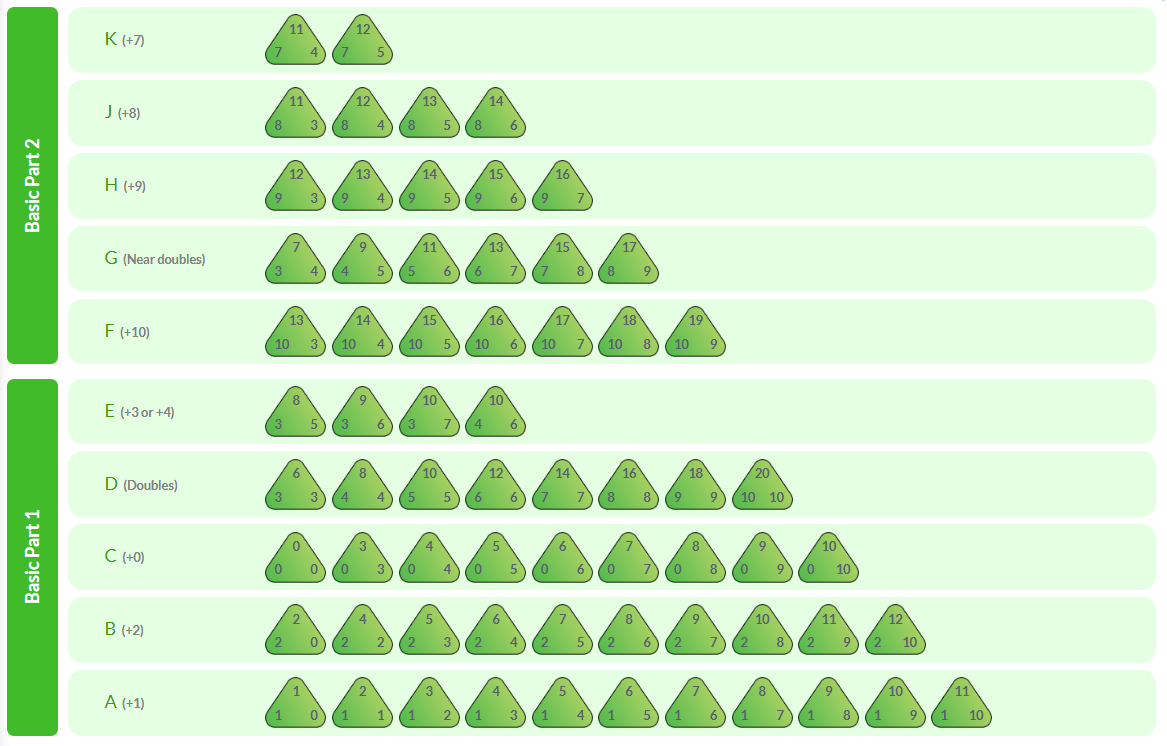
In our Addition/Subtraction learning mode, MathFactLab students study the addition facts and subtraction facts simultaneously. We take a fact-family approach to these inverse operations, allowing students to think in terms of related groups of facts, rather than learning each fact in isolation. This leads to faster learning, deeper understanding, and an recognition of the interconnected nature of the basic math facts.
With sufficient practice, our students will develop a flexible fluency with all of the facts on the addition timestable, either in subtraciton or addition form.
Students in our basic addition/subtraction facts program progress through a series of ten strategy-based levels, beginning with the foundational stage (which we call 'Basic Facts Part 1'):
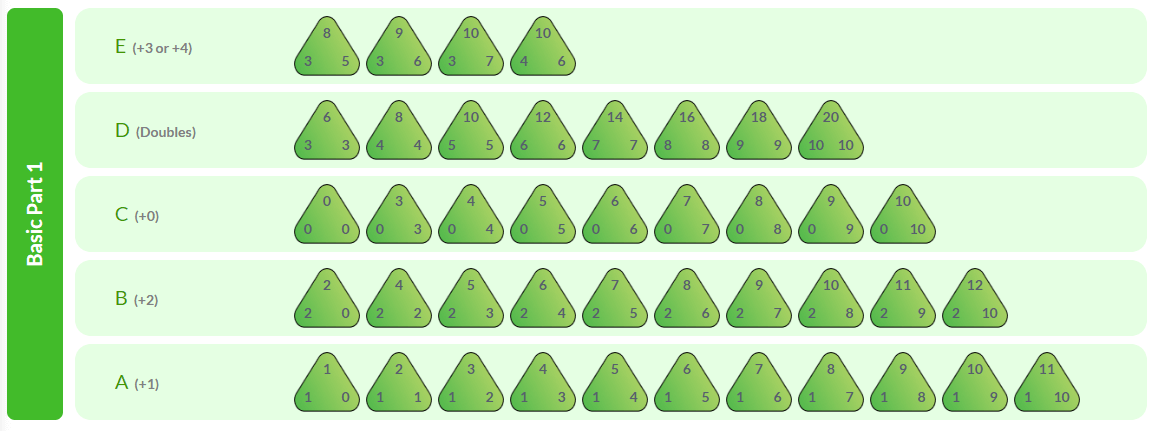
Having mastered the foundational facts, students move onto the derived facts stage (which we call 'Basic Facts Part 2'):
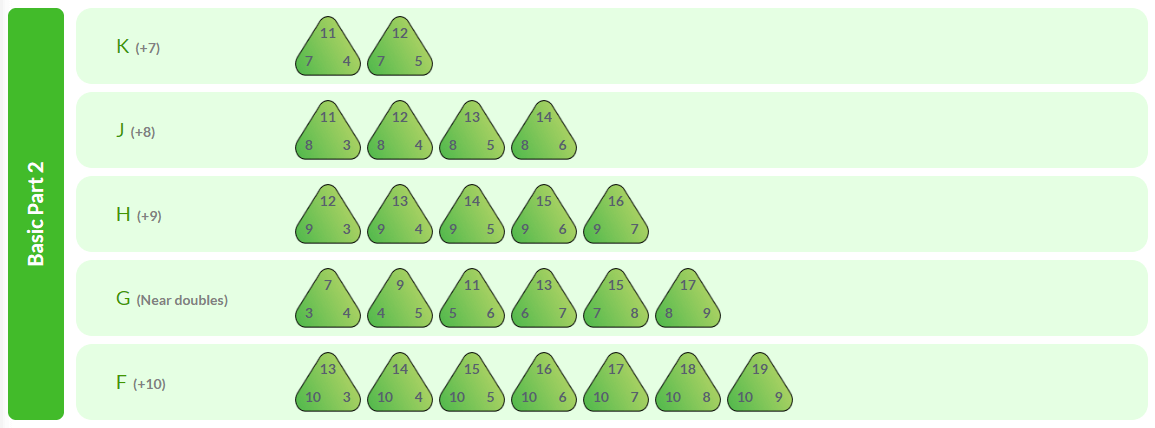
At each level of the addition/subtraction program, students work through a menu of strategies. Some strategies focus on addition, others subtraction; some focus on both operations simultaneously.
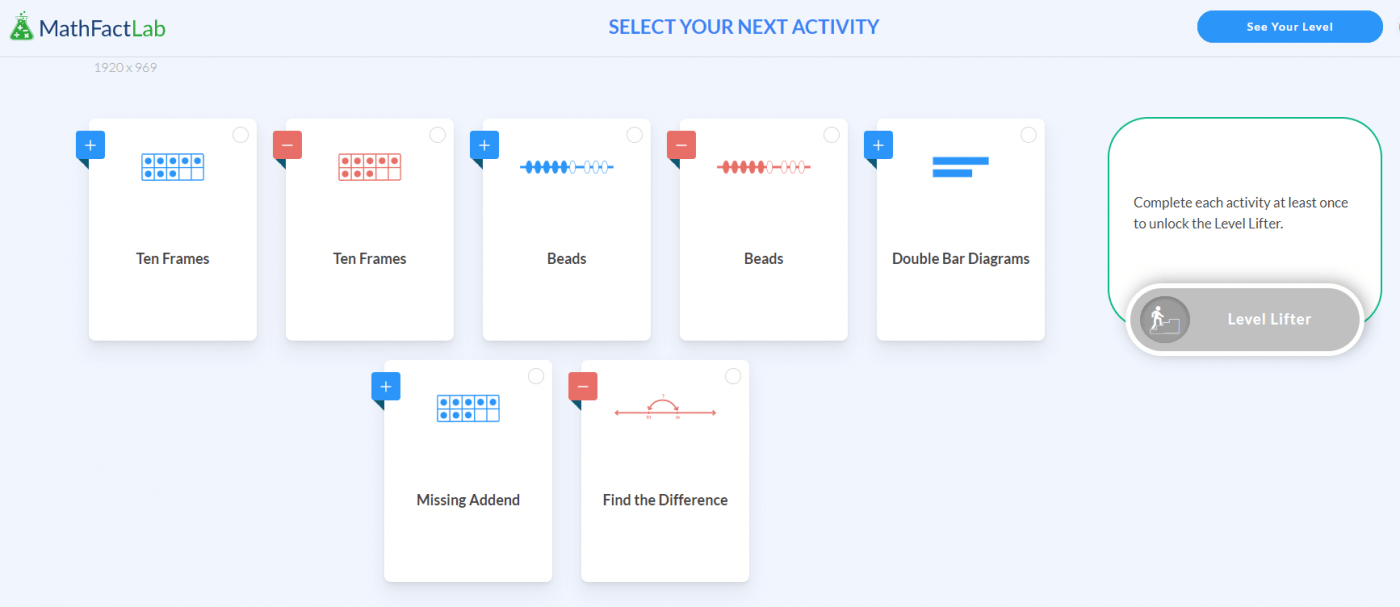
We employ a variety of models: ten frames, rekenrek-like beads, number lines, and double-bar diagrams. When students have the opportunity to approach a problem with multiple models, deeper understanding is the result.
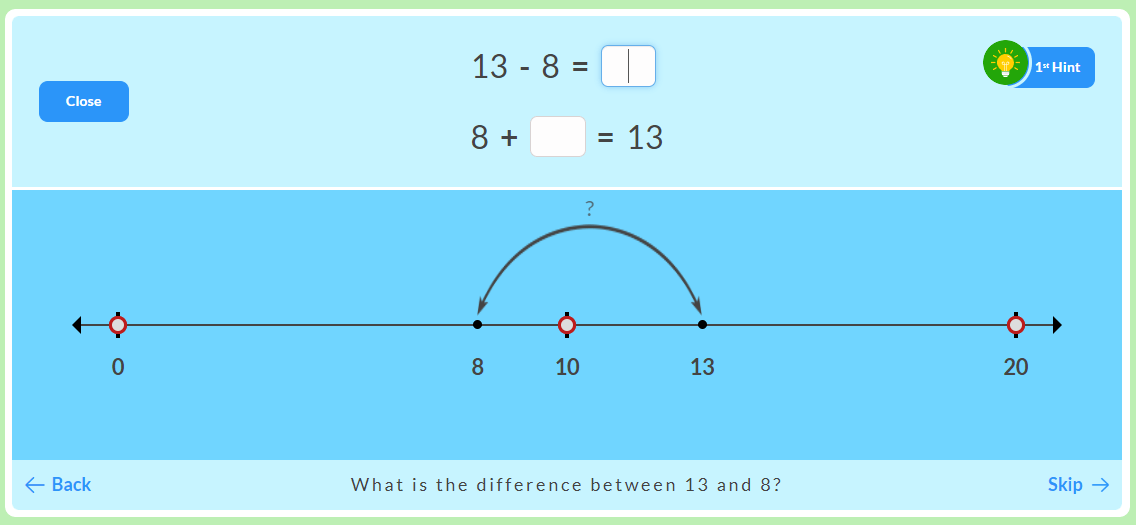
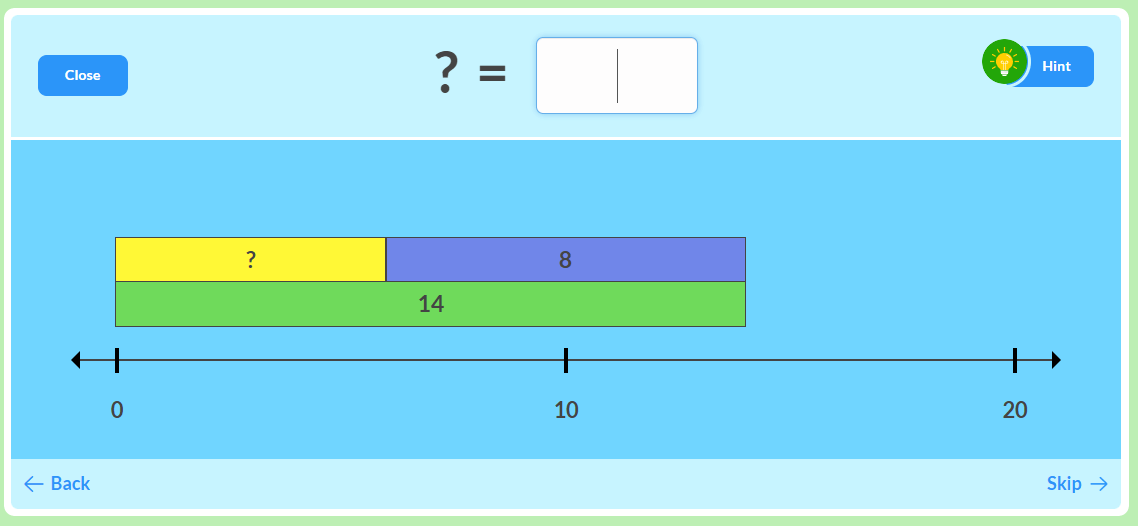
When students have demonstrated competence with the facts at any given level, they are given the opportunity to take the 'Level Lifter', on which no strategies or models are provided. If they successfully complete the Level Lifter, they are promoted to the next level.
MathFactLab's advanced and super-advanced addition/subtraction stages help students to transfer their basic fact knowledge to 2-digit addition and subtraction problems.
In the advanced stage, students learn to add and subtract a single-digit number to/from a double-digit number, as can be seen in the example problems below.

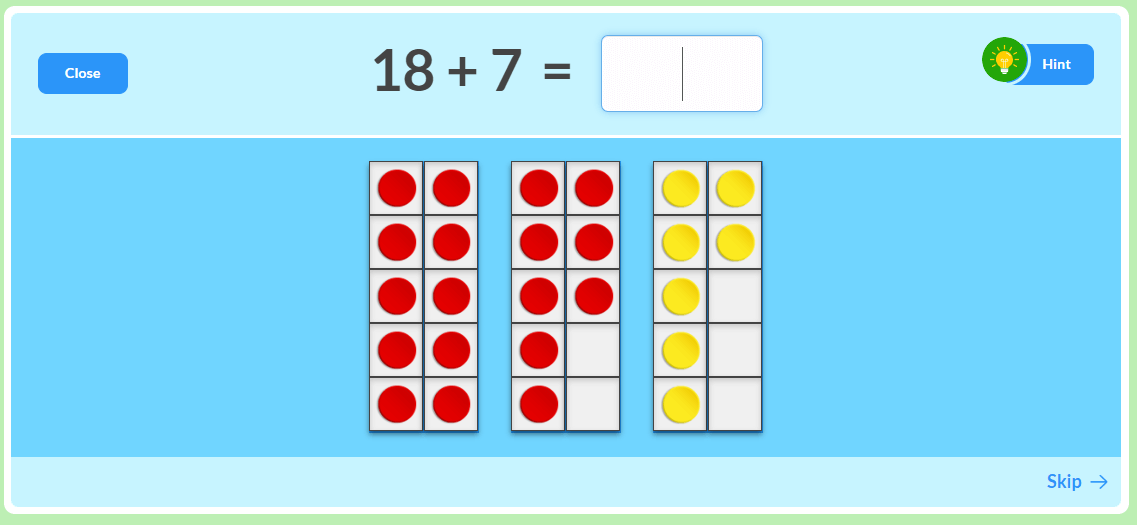
In the super-advanced stage, students learn strategies for mental addition and subtraction of problems with 2-digit numbers. See the examples below.

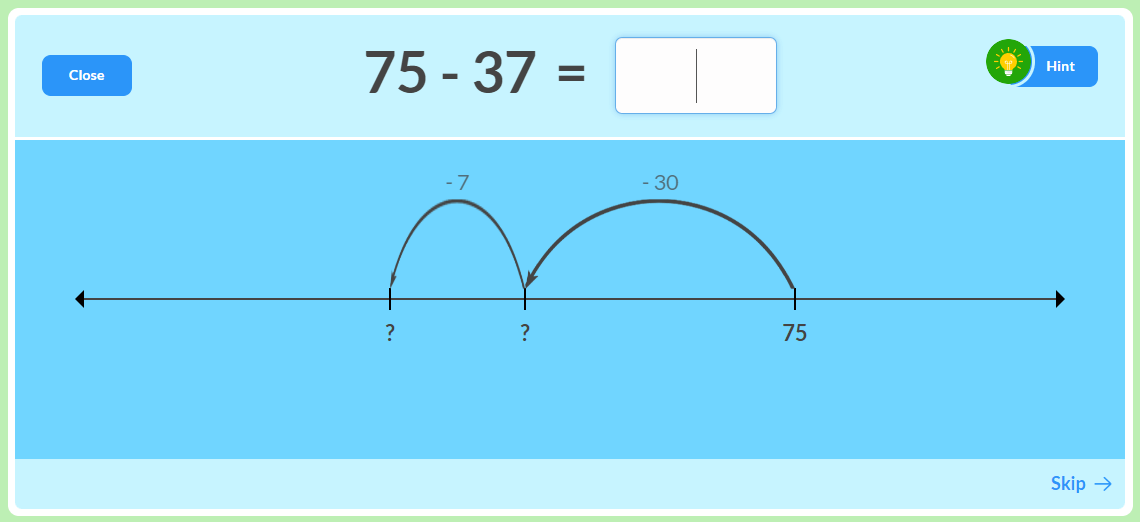
I built MathFactLab because I was so disappointed with the options currently on the market. I wanted my students to practice the basic math facts in a way that made sense and developed math sense. That work is done through learning and inventing strategies, using visual models, developing pattern recognition and understanding mathematical interconnections.
Mathematics is about sense making and reasoning development. To ask students to spend their math time memorizing (the approach employed by the other math fact sites) is grossly ineffective and sends the misguided message that math is just a series of isolated facts and rules. I want my students to see math as a beautiful web of interconnected concepts that better helps us to understand and make predictions about the wonderful world around us. I imagine that you would like the same for your students too.
This blog was written by Mike Kenny, fifth-grade math teacher and creator of MathFactLab.